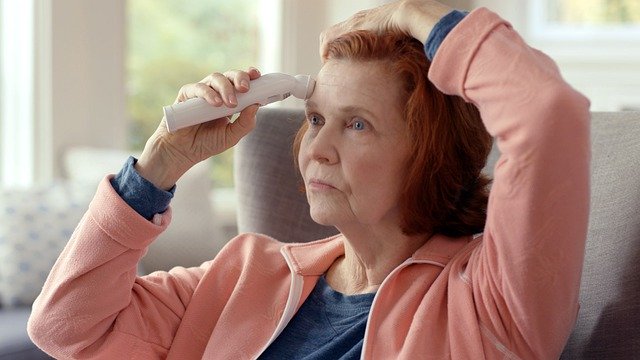The novel coronavirus pushed the world off a figurative cliff earlier this year. Providentially one of the unintended benefits has been the rise of telemedicine (AKA Telehealth). Healthcare direct from home and other variations have been in use for decades. The small Midwest city where I live has had an Ask-A-Nurse advice and referral service affiliated with a local hospital staffed by RNs available 24/7 to the community since 1991.
As early as 1879, there were discussions regarding the use of the telephone as a means to reduce unnecessary office visits. In 1925, a Science and Innovation magazine cover featured a doctor using a radio to diagnose and speculated in an article within about a possible video-type device able diagnose over long distances. Radios have long been used at sea to aid and send advice to distant ships and Alaska has been a premier pioneer in the use of telehealth to manage its vast spaces.
There are approximately 100 million Americans living with chronic illnesses, accounting for 75% of all healthcare costs. The largest use for telemedicine has been, is, and most likely will be the continued treatment and management of these chronic conditions. The traditional method of chronic illness management is through regularly scheduled office visits. The U.S. Veteran’s Administration began a proactive Care Management program more than 10 years ago. This system offers personalized education, monitoring and feedback in the home from a care management team working remotely. This model uses patient contact and regular physiological measurements. This has been associated with fewer hospitalizations, readmissions, shorter lengths of stay, lower costs, improved health, higher rates of patient satisfaction and proper medication use. Sounds like a win for the beleaguered VA to me. My mother-in-law has diabetes and uses a home portal that records daily weight, temperature, O2 Sats and asks her varying questions pertaining to her general health and well-being. It requires a daily check-in with a password and any anomalies in her answers triggers an in-person phone call to see if anything is amiss.
The following is a brief timeline highlighting significant advances of technology and usage that are the forerunners of telemedicine as we see it today.
- 1948: 1st radiology images sent via telephone
- 1959: The University of Nebraska used the telephone to send and receive medical documents long distance.
- 1960’s: Again, in Nebraska, the Psychiatry Institute used closed captioned TV for live consultations with their patients.
- 1961: NASA used remote sensors on animals sent into space to monitor the exit and re-entry impacts into Earth’s gravitational pull.
- 1962: MIT scientist JCR Licklider proposed a galactic network of computers that spoke to each other in an attempt to save US communications in case the USSR destroyed the telephone system.
- 1990’s: The Internet was born. Telehealth/telemedicine could not exist without the global accessibility offered by the Internet. (Much to Al Gore’s chagrin, it has been proven that he did not invent the Internet.)
- 1993: American Telemedicine Association was started. It is a non-profit organization designed to promote and expand the use of telemedicine. It is a top source for current news and education for both patients and healthcare professionals.
- 2009: American Recovery and Reinvestment Act attempted to boost the economy in the wake of the 2008 recession. This act made billions of dollars available for health information technology and digital connectivity.
- 2010: The Centers for Medicare and Medicaid Services placed guidelines for meaningful use of electronic health records for prescribing medication and quality of care improvements.
- 2016: The Health Resources and Services Administration received 16 million dollars to expand telemedicine to rural areas in the United States.
- 2020: Global COVID-19 Pandemic

The world has an entirely new ball game now. There seems to be countless applications to telemedicine/telehealth. Things like:
- Rural accessibility
- Patient Convenience
- Work flow integration
- Decreases in no-show/cancellations
- Increased accessibility to care
- Improvements in patient satisfaction and compliance
- Transportation concerns eliminated
During this pandemic 90% of healthcare executives reported using or developing telehealth/telemedicine applications. The ease of health information sharing and overall convenience for patients and professionals alike can and will continue to drive this technology forward. The possibilities for reductions in wasted time, assets, resources and the increased possibility for better outcomes, satisfaction and bottom lines are just in the beginning stages. Change can be painful but usually beneficial, so this unintended result of COVID-19 can be the catalyst for enormous change for good.
